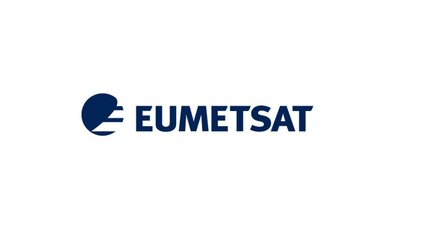About MHS
The Microwave Humidity Sounder (MHS) is one of the European instruments carried on MetOp. MHS is a five-channel, total power, microwave radiometer designed to scan through the atmosphere to measure the apparent upwelling microwave radiation from the Earth at specific frequency bands. Since humidity in the atmosphere (ice, cloud cover, rain and snow) attenuate microwave radiation emitted from the surface of the Earth, it is possible, from the observations made by MHS, to derive a detailed picture of atmospheric humidity with the different channels relating to different altitudes. Temperature at the surface of the Earth can also be determined.
MHS works in conjunction with four of the American instruments provided by the National Oceanic and Atmospheric Administration (NOAA), namely the Advanced Microwave Sounding Unit–A1 (AMSU-A1), the Advanced Microwave Sounding Unit–A2 (AMSU-2), the Advanced Very High Resolution Radiometer (AVHRR) and the High Resolution Infrared Sounder (HIRS). Along with these instruments, MHS is already in operation on the NOAA-18 satellite, which was launched in May 2005, and it will also form part of the payload on NOAA-N' to be launched in 2008. MHS represents a significant enhancement in performance over the AMSU-B currently flying on the earlier NOAA-15,-16 and -17 satellites.
In conjunction with these American instruments, the MHS instrument will provide improved data for weather prediction models with a resulting improvement in weather forecasting.

The Microwave Humidity Sounder has been designed and developed by Astrium EU in Portsmouth UK, under contract to EUMETSAT.
MHS scans the Earth from left to right, in a vertical plane. Each swath (scan) is made up of 90 contiguous individual pixels (scenes) sampled every 2.67 seconds. The scan is synchronized with the AMSU-A1 and A2 instruments.
Between consecutive scans of the Earth, the MHS also views and samples data from an area of deep space (used as a cold target), and an onboard source (hot target), the data being later used during ground processing for calibration purposes.
The MHS has channels in the 89-190 GHz range. Channels at 157 GHz and 183 GHz provide atmospheric humidity data. The 89 GHz channel provides information on surface temperature and emissivity (in conjunction with AMSU-A data) and detects low altitude cloud and precipitation.

The graph shows the frequencies of the five channels and the opacity of the atmosphere for oxygen and water vapour. For example, the difference between high water vapour in one pixel and low water vapour in the next pixel can indicate the boundary of a cloud formation.
These specific channels or frequency bands have been chosen to optimize the amount and type of information obtainable, whilst allowing for varying absorption by the atmosphere at the different MHS frequencies, as can be seen in the graph.

The instrument comprises three main modules:
- Scan mechanism
- Receiver
- Control electronics equipment
These are all mounted in close proximity to each other on an integrated structural assembly. The instrument is mounted externally, on the nadir (Earth-facing) side of the satellite.

To provide an interface between the MHS instrument and the payload module, a separate electronics unit, called the Microwave Humidity Sounder Protocol Conversion Unit (MPU), is used, for handling commands, telemetry and the science data. This unit interfaces with various other equipment in the Payload Module. The MPU has been designed and developed by Alcatel Space Switzerland.















 Germany
Germany
 Austria
Austria
 Belgium
Belgium
 Denmark
Denmark
 Spain
Spain
 Estonia
Estonia
 Finland
Finland
 France
France
 Greece
Greece
 Hungary
Hungary
 Ireland
Ireland
 Italy
Italy
 Luxembourg
Luxembourg
 Norway
Norway
 The Netherlands
The Netherlands
 Poland
Poland
 Portugal
Portugal
 Czechia
Czechia
 Romania
Romania
 United Kingdom
United Kingdom
 Slovenia
Slovenia
 Sweden
Sweden
 Switzerland
Switzerland





























